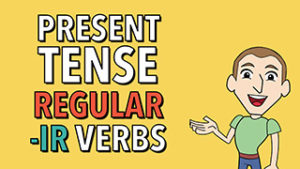
Spanish Bite – Regular -IR verbs (Present Tense)
¡Hola! Welcome to this NEW series on incredibly short Spanish lessons! There are two bite-sized versions of this topic. One that

¡Hola! Welcome to this NEW series on incredibly short Spanish lessons! There are two bite-sized versions of this topic. One that
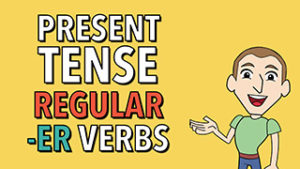
¡Hola! Welcome to this NEW series on incredibly short Spanish lessons! There are two bite-sized versions of this topic. One that
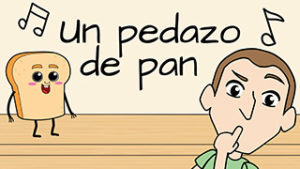
Here’s an original song about a piece of bread with a plan! I hope it helps you practice tener, querer, sacar
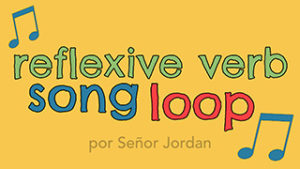
Here’s a song for you to practice conjugating various reflexive verbs! You can also watch the explanation video here. You can
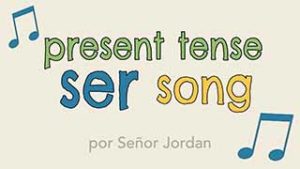
Here’s a song for you to practice the different forms of SER in the present tense! You can also listen to
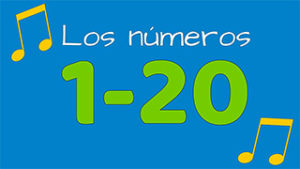
Here’s an original song for you to practice the numbers 1-20! You can also listen to it on the go on
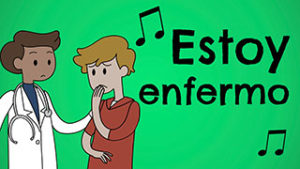
Here’s an original song for you to be able to learn some expressions to talk about how you’re feeling (when you’re
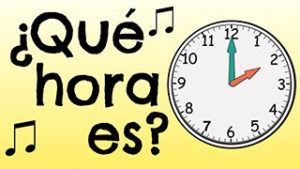
Here’s an original song for you to be able to learn how to tell time in Spanish! Hopefully you enjoy it!
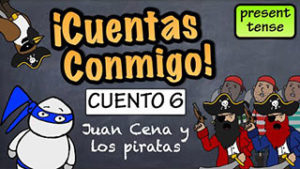
Here’s a story that was originally multiple short episodes that have been combined. It’s in the past and present tense and
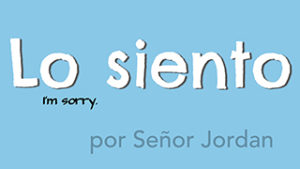
Here’s an original song for you to be able to tell people you don’t understand them! Hopefully you enjoy it! I
